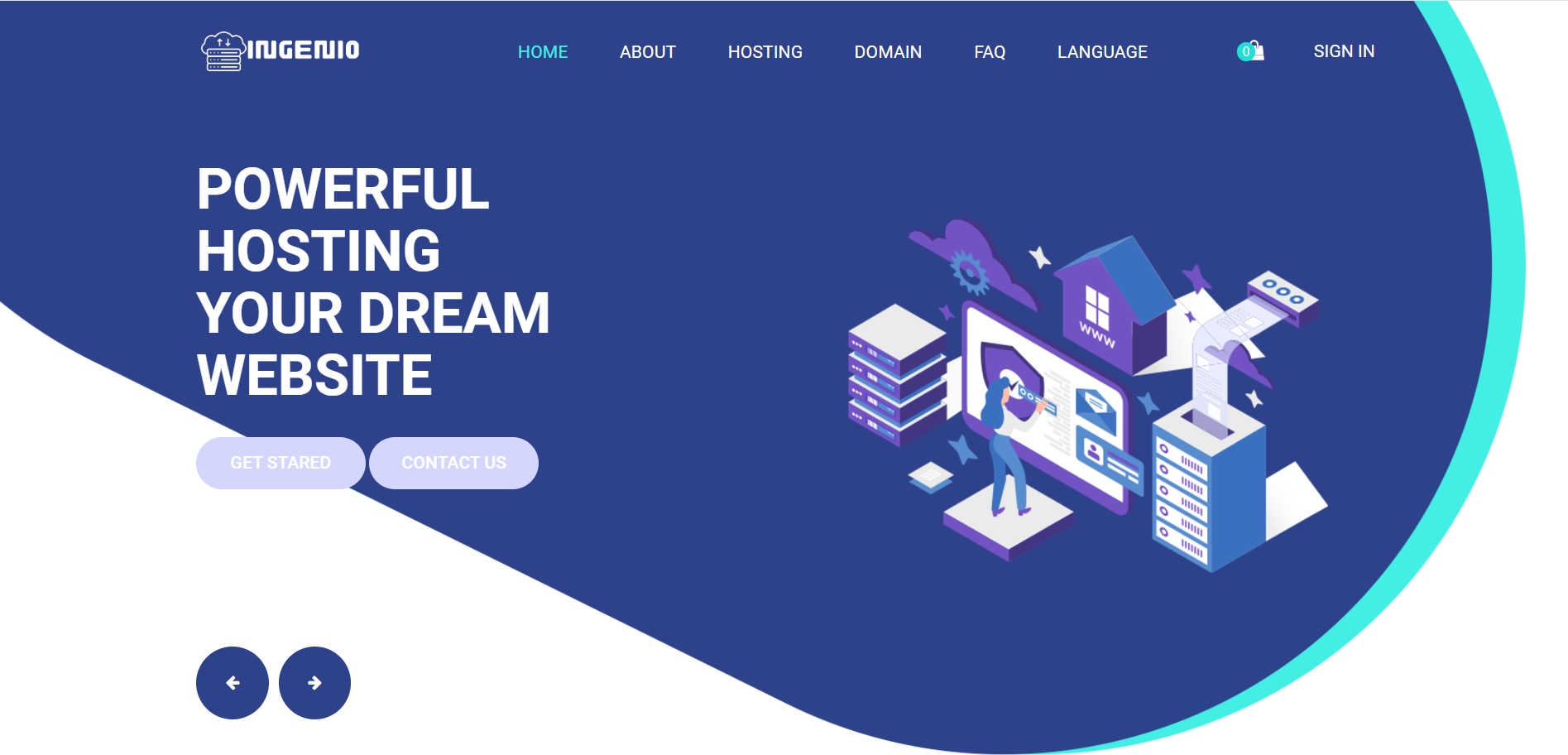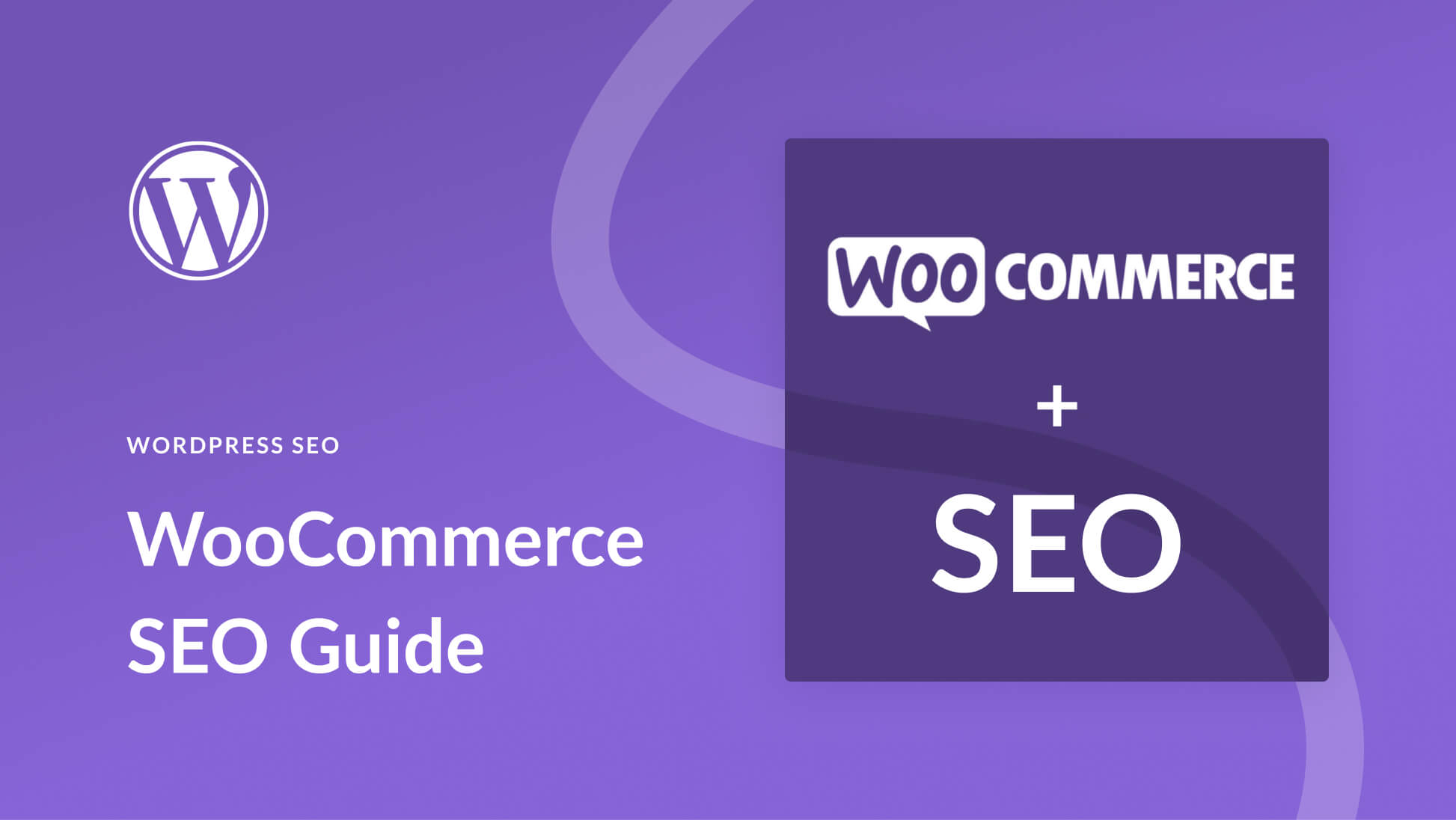25 Creative Website Design Ideas to Inspire Your Next Project
In today’s digital age, having a website isn’t just a business requirement—it’s an opportunity to stand out, tell your story, and attract your audience. Whether you’re a business owner, designer, or entrepreneur, finding creative website design ideas can be the spark that ignites your next project.
From sleek minimalism to bold interactive features, great website design combines aesthetics with functionality. In this article, we’ll share 25 creative website design ideas to inspire your next project, help you spark new ideas, and guide you toward building a stunning and effective online presence.
1. Use Full-Screen Hero Images
Start your homepage with a bold, full-screen hero image. This design choice makes an instant impact and helps communicate your brand message clearly. Add a short, compelling headline and a strong CTA (Call to Action) to guide visitors.
Pro Tip: Use high-resolution images and include overlay text that’s easy to read.
2. Embrace Minimalism
Minimalist design is timeless. Clean lines, plenty of white space, and a simple color palette can make your site feel modern and user-friendly. This style improves readability and keeps users focused on your content.
Great for: Portfolios, personal blogs, creative agencies.
3. Dark Mode Website Design
Dark mode isn’t just trendy—it reduces eye strain and gives your site a sleek, futuristic vibe. Use high-contrast elements like white or neon text against black backgrounds for a striking look.
Tip: Use this creatively with toggle options for users to switch between light and dark modes.
4. Creative Scrolling Effects
Scrolling doesn’t have to be boring. Add parallax scrolling, horizontal scrolls, or animated scroll-triggered transitions to make your site more interactive. It’s an excellent way to guide the user through your story.
Best used on: Story-driven websites, portfolios, or product landing pages.
5. Asymmetrical Layouts
Break the grid! Asymmetrical designs offer a unique and modern website layout that grabs attention. When done right, it can give your website a dynamic, artistic feel.
6. 3D Elements and Illustrations
Add depth with 3D visuals or interactive illustrations. These can create a memorable user experience and help visually explain complex ideas.
Tools to explore: Three.js, Rive, Spline.
7. Video Backgrounds
Using a video as a background can make your website feel alive. Choose videos that align with your brand and don’t distract from the main message.
Example: A fitness site using looping workout clips as background visuals.
8. Microinteractions
Tiny animations like a button bounce, a hover effect, or a loading bar enhance the user experience. These microinteractions guide user behavior and add personality to your site.
9. Hand-Drawn Elements
Bring a personal touch with hand-drawn icons, doodles, or typography. It adds uniqueness and makes your site feel warm and approachable.
Best for: Artists, small business websites, or blogs.
10. Animated Typography
Typography isn’t static anymore. Use motion text effects to highlight key headlines or bring attention to special sections.
11. Gradients and Vibrant Colors
Flat design is great, but gradients are back with a twist. Use colorful backgrounds to make your website pop while keeping it modern and fresh.
12. Glassmorphism
Inspired by macOS Big Sur, glassmorphism uses blurred backgrounds, transparency, and bright colors to give your site a sleek, futuristic look.
13. Custom Cursor Designs
A unique cursor can subtly transform your entire site experience. Use a glowing cursor, a trail effect, or interactive pointer animations.
14. Storytelling Scrolls
Take your visitor on a journey with narrative-driven scrolling. This is ideal for brand stories, product pages, or personal portfolios.
15. Split-Screen Layouts
Divide your screen into two sections to showcase two different ideas or guide users toward two distinct CTAs. This layout works well for product vs service comparisons.
16. Bold, Oversized Typography
Make your message loud and clear with large fonts. This bold approach works great for minimal designs where text is the hero.
17. Smart Loading Effects
Use lazy loading and pre-load animations to optimize performance and impress your users. Plus, it keeps users engaged while the page loads.
18. Creative Navigation Menus
Move beyond standard hamburger menus. Use full-screen pop-outs, animated transitions, or unique placements to surprise your visitors.
19. Interactive Product Showcases
Let users rotate, zoom, or explore your product in a creative, immersive way. This can increase conversions and enhance the shopping experience.
Perfect for: E-commerce sites, especially in fashion or tech.
20. Typography-Only Layouts
Ditch the images and let your text do all the talking. This bold style is especially effective for portfolio sites or landing pages with strong brand messages.
21. Whitespace Mastery
Whitespace gives your design room to breathe. It also helps direct attention to your most important content, like headlines or CTAs.
22. Augmented Reality (AR) Integration
AR tools let users try products before buying—like placing furniture in their room or trying on glasses. It’s next-level UX and can set your site apart.
23. Hover-Reveal Effects
Make images or text react to user interaction by showing additional content on hover. It’s engaging and encourages curiosity.
24. Seamless Animations
Use subtle animations between sections to make transitions smooth and visually satisfying. These work wonders on storytelling websites.
25. Personalized Content Experiences
Dynamic content personalization allows your site to adapt based on a user’s behavior or preferences. Tools like Optimizely and Segment make this possible.
Final Thoughts: Start Building with Purpose
Whether you’re building a new site from scratch or revamping an existing one, these 25 creative website design ideas are more than just trends—they’re strategic tools. Great web design doesn’t just look good; it connects with your audience and drives action.
Looking to take your website to the next level? Check out our WordPress Hosting Plans or browse our Ready-Made Sites for Sale to jumpstart your online journey.











